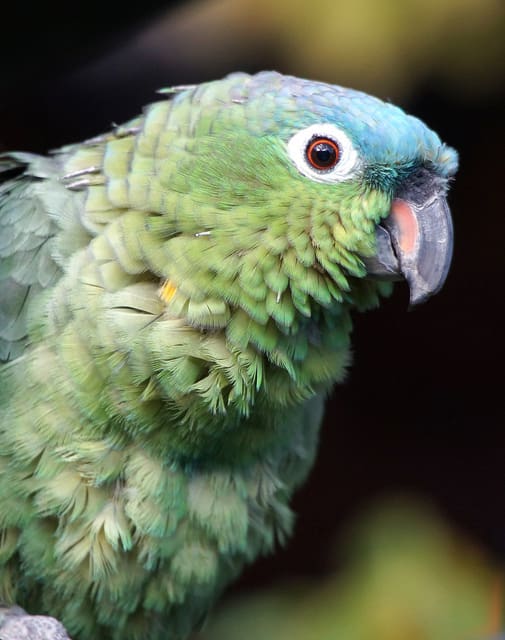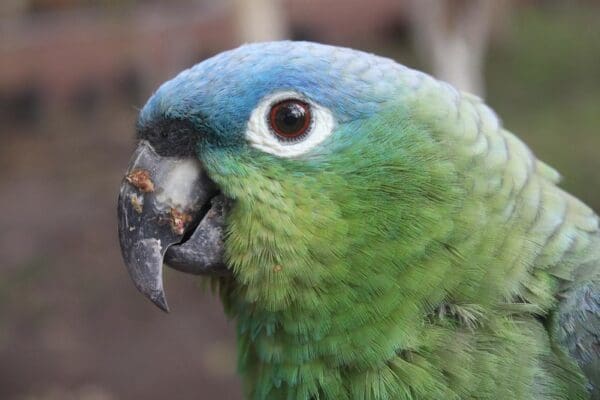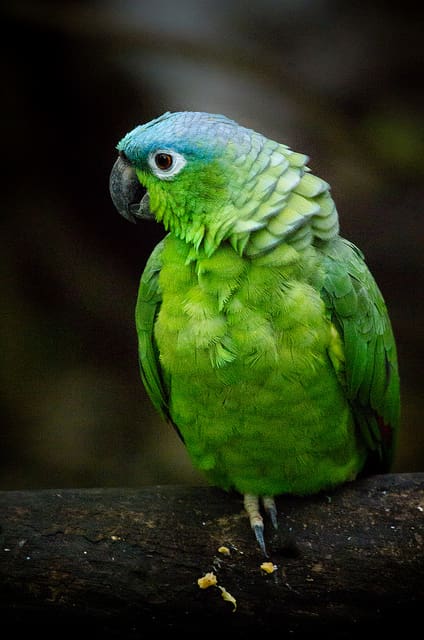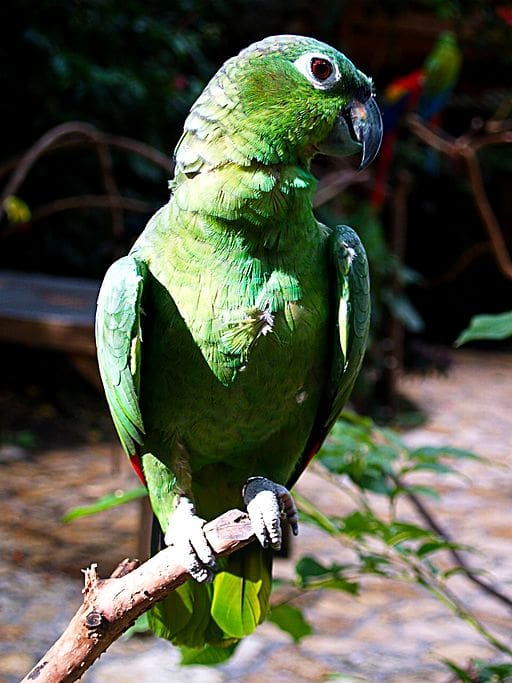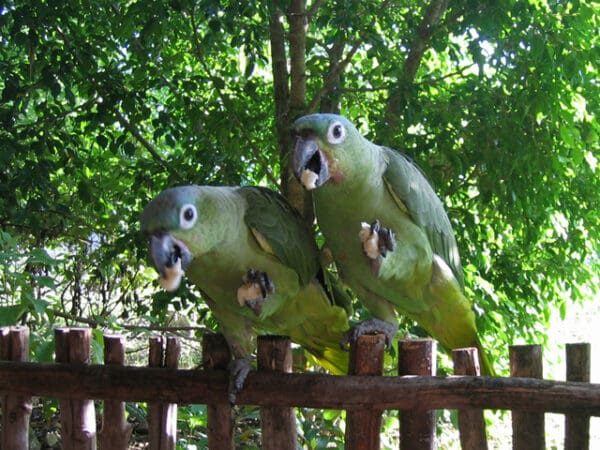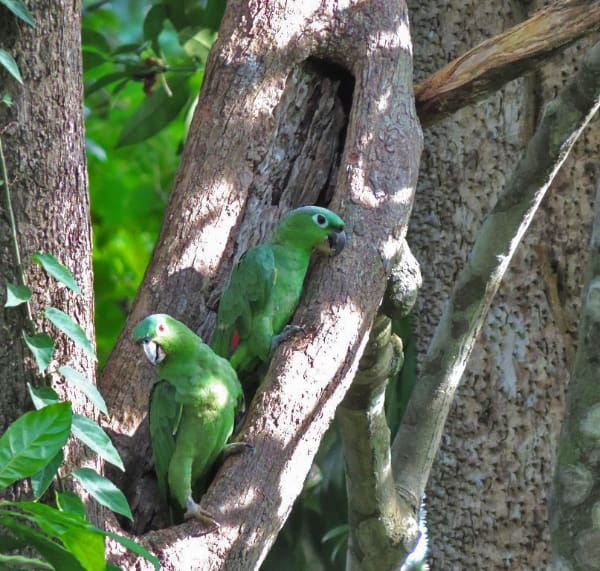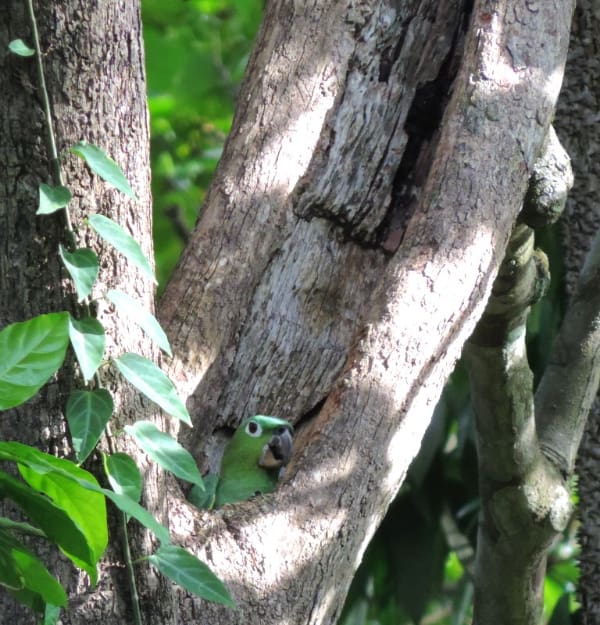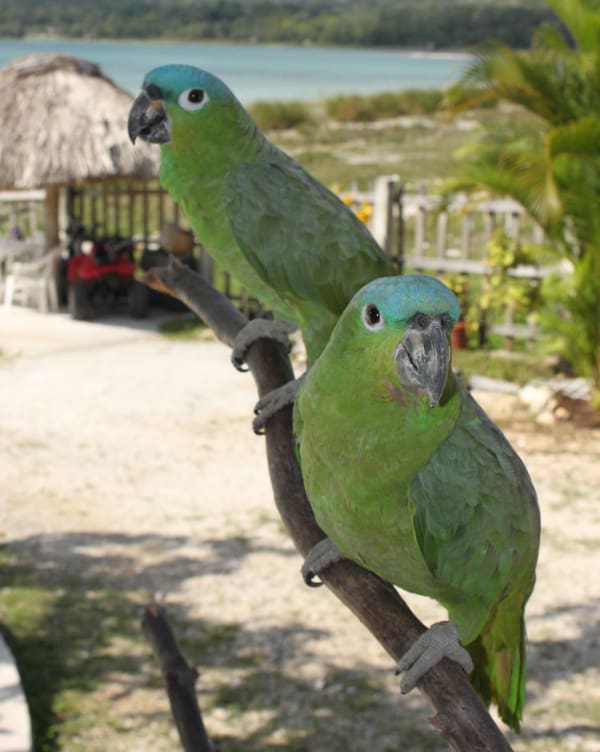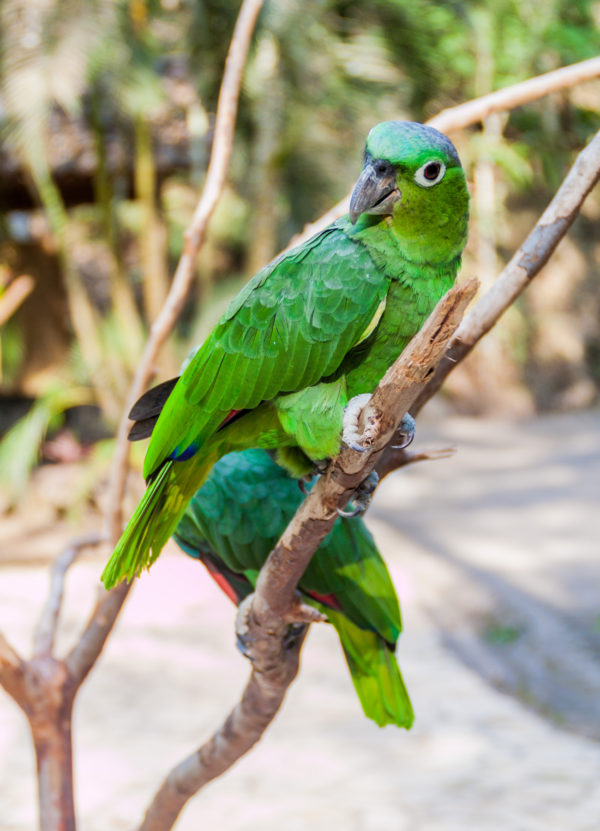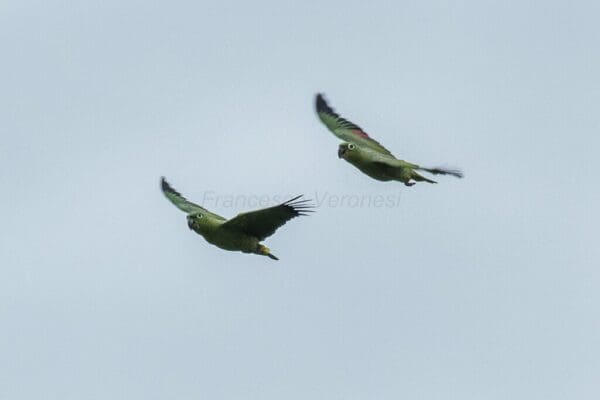Northern Mealy Amazon
Also known as:
Guatemala Mealy Amazon, Blue-crowned Amazon
Also known as:
Guatemala Mealy Amazon, Blue-crowned Amazon
![© Aaron Fellmeth Photography [CC BY-NC-ND 2.0] via Flickr A closeup of a Northern Mealy Amazon](https://parrots.org/wp-content/uploads/2023/01/wpt_Northern-Mealy-Amazon_1785-15-100x100.jpg)
![© Petr Kosina [CC BY-NC 2.0] via Flickr A closeup of a Northern Mealy Amazon](https://parrots.org/wp-content/uploads/2023/01/wpt_Northern-Mealy-Amazon_1785-16-100x100.jpg)
![© Kurt Bauschardt [CC BY-SA 2.0] via Flickr A Northern Mealy Amazon perches on a branch](https://parrots.org/wp-content/uploads/2023/01/wpt_Northern-Mealy-Amazon_1785-14-100x100.jpg)
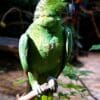
![© Katrin Lorenzen (IMG_4685) [CC BY-SA 2.0] via Wikimedia Commons Northern Mealy Amazons perch on a fence](https://parrots.org/wp-content/uploads/2023/01/wpt_Northern-Mealy-Amazon_1785-7-100x100.jpg)
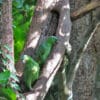
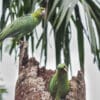
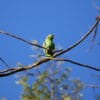
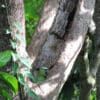
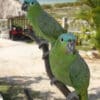
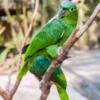
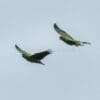
DID YOU KNOW?
This recently split species (Mealy Amazon) has been listed as Near Threatened by IUCN.

Amazona

guatemalae
Size:
38 cm (14.8 in)
Weight:
705-766 g (24.7-26.8 oz)
Subspecies including nominate:
two: A.g. guatemalae, A.g. virenticeps
Colour Adult:
A.g. guatemalae: Mostly green, with blue crown, forehead and lores; carpal edge of wing green/yellow; edges of wing feathers blue; red on secondary feathers; tail feathers dark green to light green at tip. Beak dark grey. Eye ring white, eye red.
A.g. virenticeps: Mostly green with less blue crown than guatemalae; more yellow/green; green/yellow carpal edge, variably marked red; green crown; lores and forehead green tinged with blue. Beak black/horn in colour. Eye ring white, eye red.
Colour Juvenile:
Similar to adults but with brown eye.
Call:
Varied calls including screams, whistles, babbles, squawks and chattering. Some mimicry. Noisy while in flight.
More Information:
WPT-supported project – Northern and Southern Mealy Amazon Conservation
Content Sources:
Avibase
BirdLife International
Cornell Lab of Ornithology/Birds of the World
Parrots of the World, Forshaw and Cooper, 1989.
Parrots in Aviculture, Low, 1992.
Psittacine Aviculture, Schubot, Clubb and Clubb, 1992.
Captive Status:
Not well known in aviculture.
Longevity:
May live as long as 50-60 yrs.
Housing:
Walk-in enclosure, minimum length 4.5 m (14.7 ft) or suspended aviary, minimum length 3 m (9.8 ft).
Diet:
Fruit such as: apple, pear, orange, cactus fruits, pomegranate, etc, forming about 30 percent of diet; vegetable such as: carrot, celery, green peas and beans, corn; green leaves such as: Swiss chard, sowthistle, lettuce; spray millet; mix of small seeds, limited sunflower and other fatty seeds; cooked beans and pulses, and complete kibble.
Enrichment:
Loves to play and climb so provide bird-safe chew wood and leather toys, branches, ladders, swings; also socializing, bathing.
Nest Box Size:
Vertical box, 12″ x 12″ x 24″ (30.5 cm x 30.5 cm x 61 cm).
Clutch Size:
3
Fledging Age:
9-10 weeks
Hatch Weight:
—
Peak Weight:
—
Weaning Weight:
—
World Population:
Unknown, decreasing.
IUCN Red List Status:
Near Threatened
CITES Listing:
Appendix II
Threat Summary:
In Mexico, the species is scarce in Veracruz but more common further east. Is uncommon in Honduras but still reasonably stable in N Guatemala, Belize and Costa Rica. The population is suspected to be in moderately rapid decline due predominantly to ongoing habitat destruction, and unsustainable levels of hunting and trapping. Deforestation is also a threat. The species is now believed to exist in only 53-55% of its original distribution.
Range:
A.g. guatemalae: Caribbean slope from Oaxaca and S Veracruz, S Mexico, to NW Honduras.
A.g. virenticeps: W Panama, in W Chiriqui and W Bocas del Toro, north through Costa Rica and Nicaragua to Valle de Sula, NW Honduras.
Habitat:
Resides in dense humid lowland rainforest, near clearings and forest edge; also found in low montane rainforest in Honduras and lower margins of subtropical zone in Panama. Found on plantations with tall trees as well as local gallery forest in savanna and more rarely deciduous forest. Up to 1100 m (3608 ft).
Wild Diet:
Food items include figs: Ficus, Brosimum; pods of legumes such as Inga and Dussia; arils of Casearia and Virola and others. May also take maize.
Ecology and Behaviour:
Found in pairs or flocks up to 20 individuals, with larger congregations at food sources. Forms large noisy communal roosts in tall trees outside breeding season sometimes with several hundred birds. Well camouflaged while quietly feeding in upper stages of forest canopy.
Clutch and Egg Size:
3 broadly elliptical eggs, 37.5 x 29.0 mm (1.5 x 1.1 in).
Breeding Season:
April-May; nest is in tree cavity or crevice in wall.
Related Links:
—
